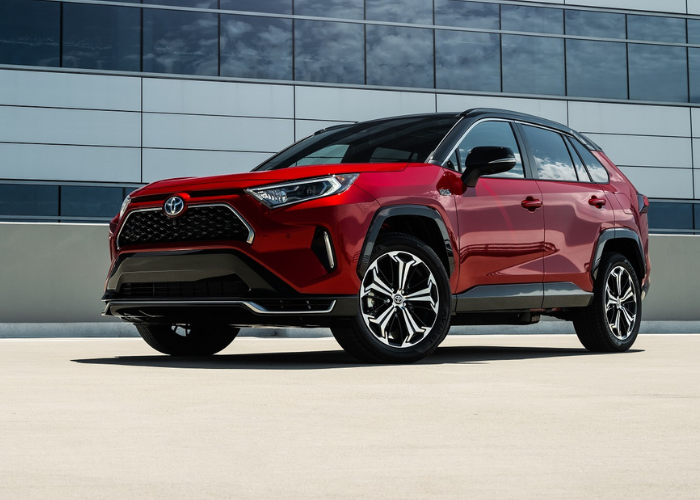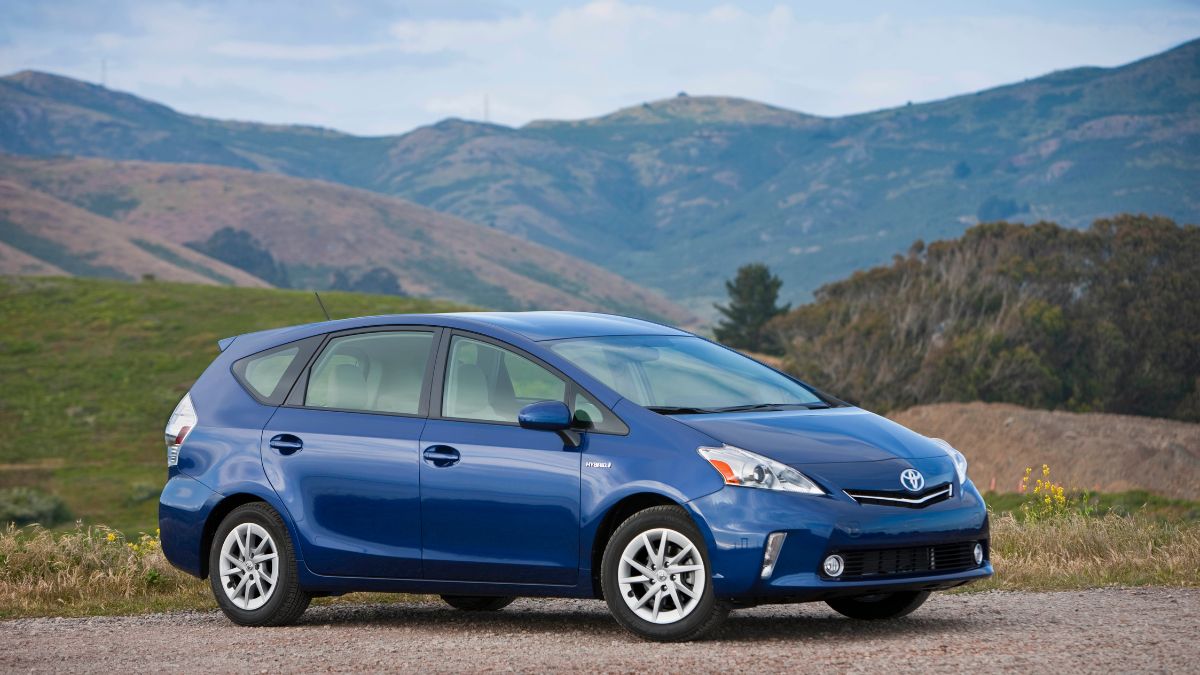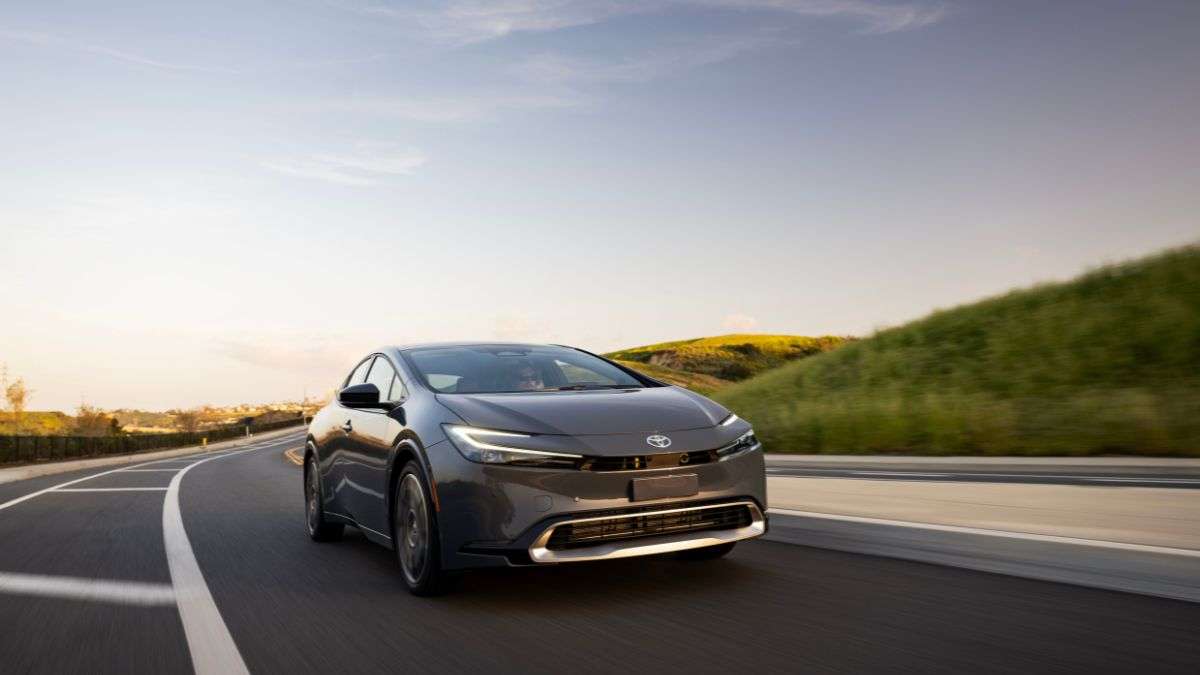Once seen as a pioneer in energy-efficient vehicles with the Prius, Toyota's recent embrace of hybrids over electric vehicles (EVs) has sparked a debate.
However, it is essential to recognize the continued importance of hybrids as a bridge in the transition to EVs.
This article explores why hybrids are a valuable option and how EVs coexist alongside hybrids and traditional gasoline/diesel vehicles.
Hybrids: The Efficient Transition
Hybrids have proven themselves as a fuel-efficient alternative, reducing CO2 emissions and providing a smooth transition toward a greener future. With their combination of an internal combustion engine and an electric motor, hybrids offer increased fuel efficiency without the range limitations of EVs.

Many will argue that this is temporary as more charging stations come online. However, there is still a massive demand for lower-cost fuel-efficient hybrid vehicles.
Notably, if one of the world's largest manufacturers is betting on hybrids, you can be assured they have the data to back up their claim.
Hybrids Fill the Gap
While EVs are gaining popularity, they cannot fully replace traditional gasoline or diesel vehicles. Hybrids provide a practical solution for drivers who need more time to shift to EVs due to concerns over charging infrastructure, driving range, and upfront costs. Hybrids bridge the gap between conventional vehicles and full electrification.
These issues are actively changing with emerging battery technology and charging plugs (NACS) standardization.
Still, the hybrid vehicle is an excellent option for many as they provide a lower operating cost for maintenance, fuel consumption, and initial purchase.
Hybrid Efficiency and Battery Optimization
Hybrids demonstrate efficient battery usage, making the most out of limited resources. By spreading battery capacity across a more significant number of hybrids, greater emissions reductions can be achieved compared to concentrating batteries in a few EVs. Hybridization allows for effective CO2 reduction while addressing potential battery supply shortages.

Another noteworthy point is that the demand for batteries is far less than an EV requires. Less raw materials for batteries are needed, and the overall cost of the vehicle can come down.
The Versatility of Plug-in Hybrid Electric Vehicles (PHEVs)
PHEVs offer the best of both worlds, combining electric power for short trips with the flexibility of a hybrid powertrain for longer journeys. With extended electric range, PHEVs alleviate concerns about charging infrastructure and battery range anxiety. They are a practical choice for consumers seeking a balance between electric driving and long-distance capabilities.
Complementary Role of EVs
While hybrids remain crucial, EVs play a complementary role in the decarbonization of the auto industry. As renewable energy sources become more widespread, EVs can harness the benefits of clean energy and further reduce emissions. Both hybrids and EVs have their place in the transition, catering to different needs and driving scenarios.
Conclusion
As the automotive industry evolves, it is essential to recognize the continued significance of hybrids in reducing CO2 emissions and bridging the gap between traditional vehicles and EVs.
Hybrids provide an efficient transition while addressing concerns about charging infrastructure, driving range, and costs. EVs offer a promising future, mainly when powered by renewable energy.
By embracing hybrids and EVs, we can achieve a comprehensive approach to decarbonization, catering to diverse consumer preferences and driving requirements. The future of sustainable transportation lies in the harmonious coexistence of hybrids and EVs, ensuring a greener and cleaner automotive landscape.
Thank you for embarking on this journey with us. Together, let's continue exploring, discovering, and unlocking new horizons. Stay tuned for more captivating content to fuel your curiosity and inspire your imagination.
We appreciate your readership and look forward to you joining us on our next adventure. Until then, keep dreaming, reading, and coming back for more!
A recent video tweet by a famous Tesla blogger from China claims that this new Tesla store in Chongqing, China, is the best in the world. The video of the store is going viral.
The store, which is located in the Chongqing-JIEFANGBEI Starlight Plaza, features a 3D ground painting that combines the Tesla Gigafactory Shanghai and Chongqing landmarks.
Peter Neilson is an automotive consultant specializing in electric cars and hybrid battery technologies. He holds a Bachelor of Science in Automotive Service Technology from Weber State University. Peter can be reached on Linkedin and you can tweet him at The_hybrid_guy on Twitter. Find his page on Facebook at Certified Auto Consulting. Read more of Peter's stories at Toyota news coverage on Torque News. Search Toyota Prius Torque News for more in-depth Prius coverage from our reporter.






Comments
No doubt the technology is…
Permalink
No doubt the technology is there, but the most important question is whether PHEV owners will plug-in? Historically, PHEV owners don't have a good track record of doing so.